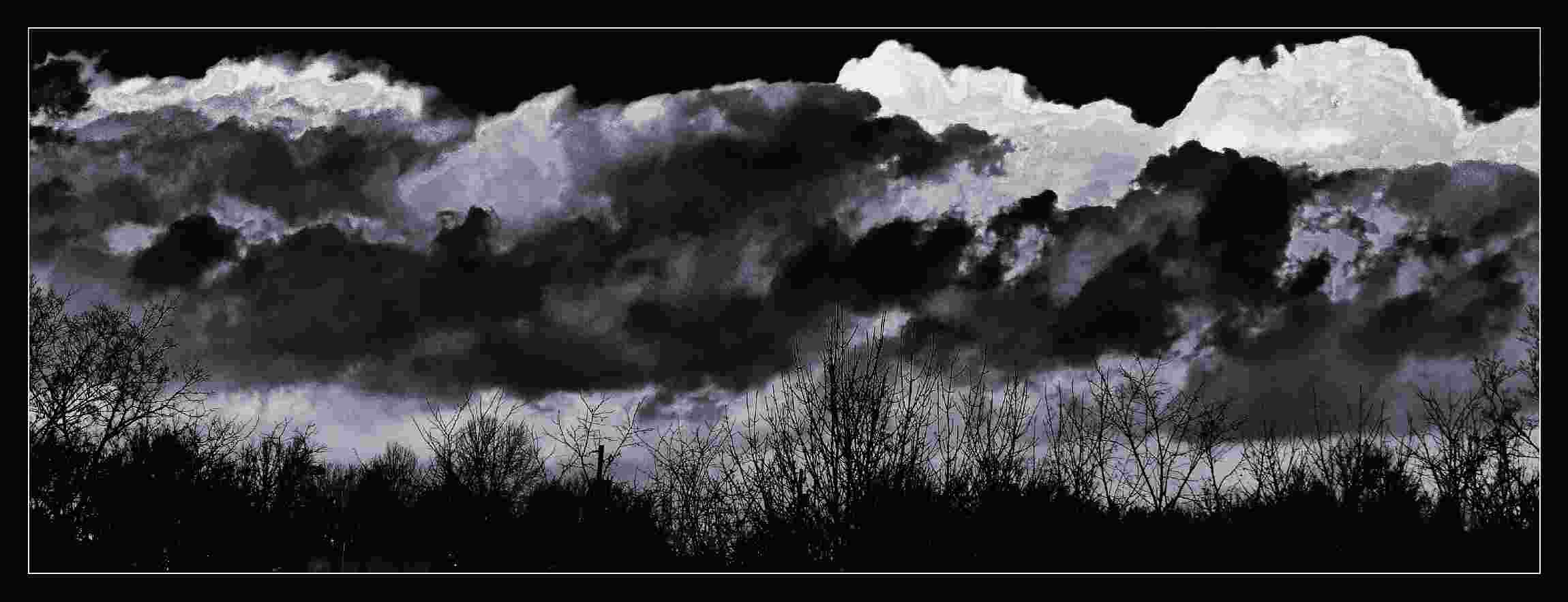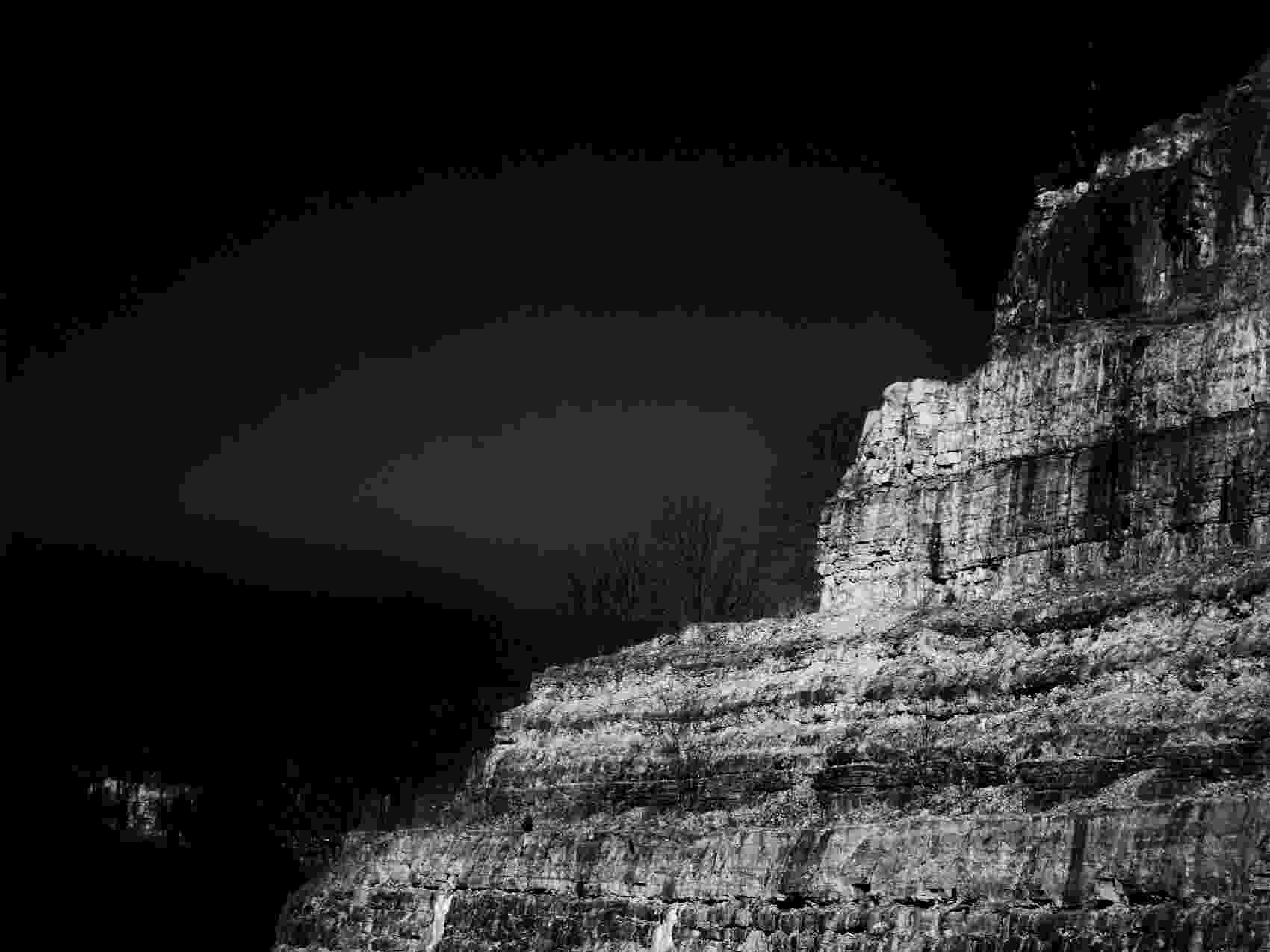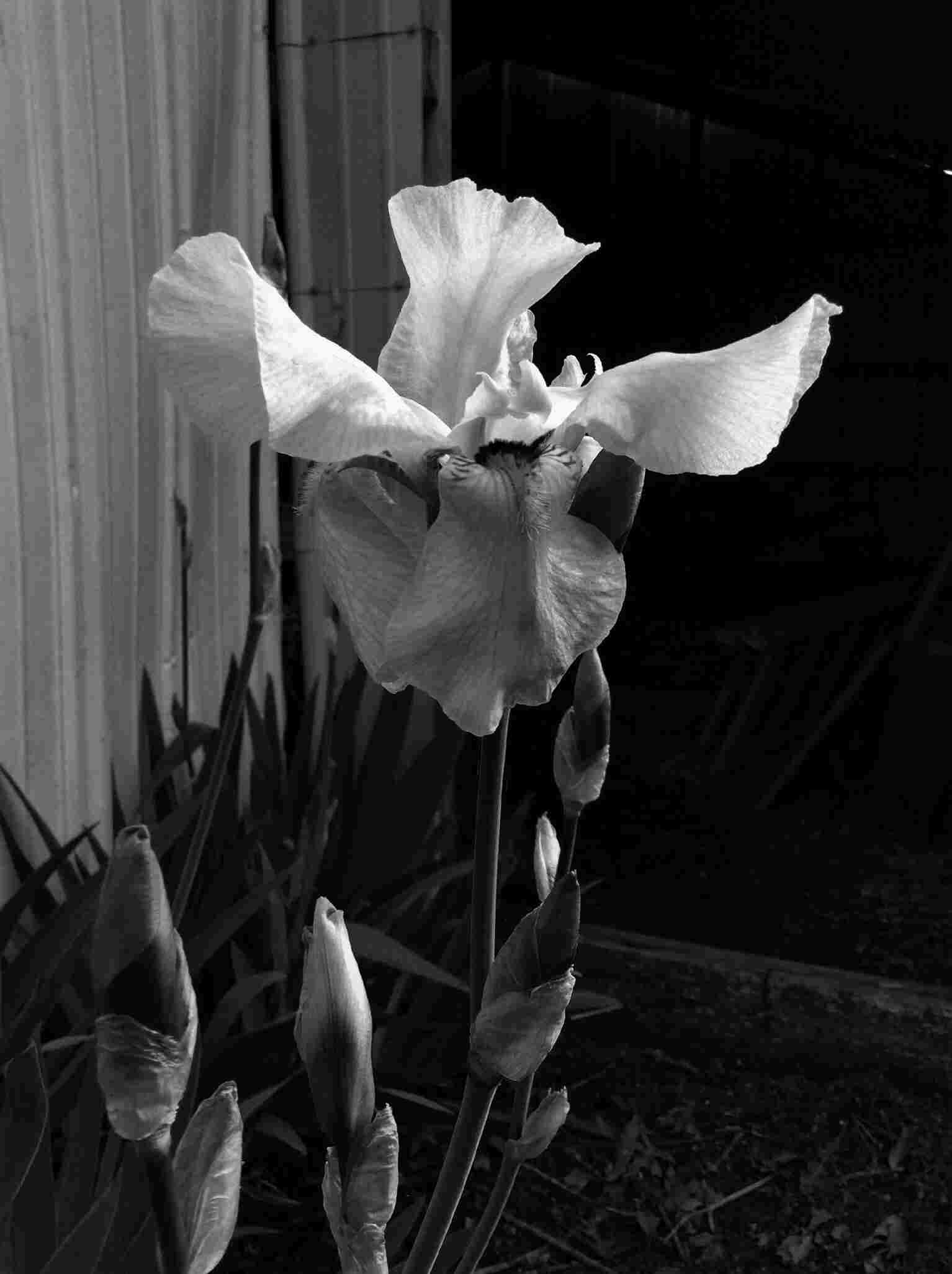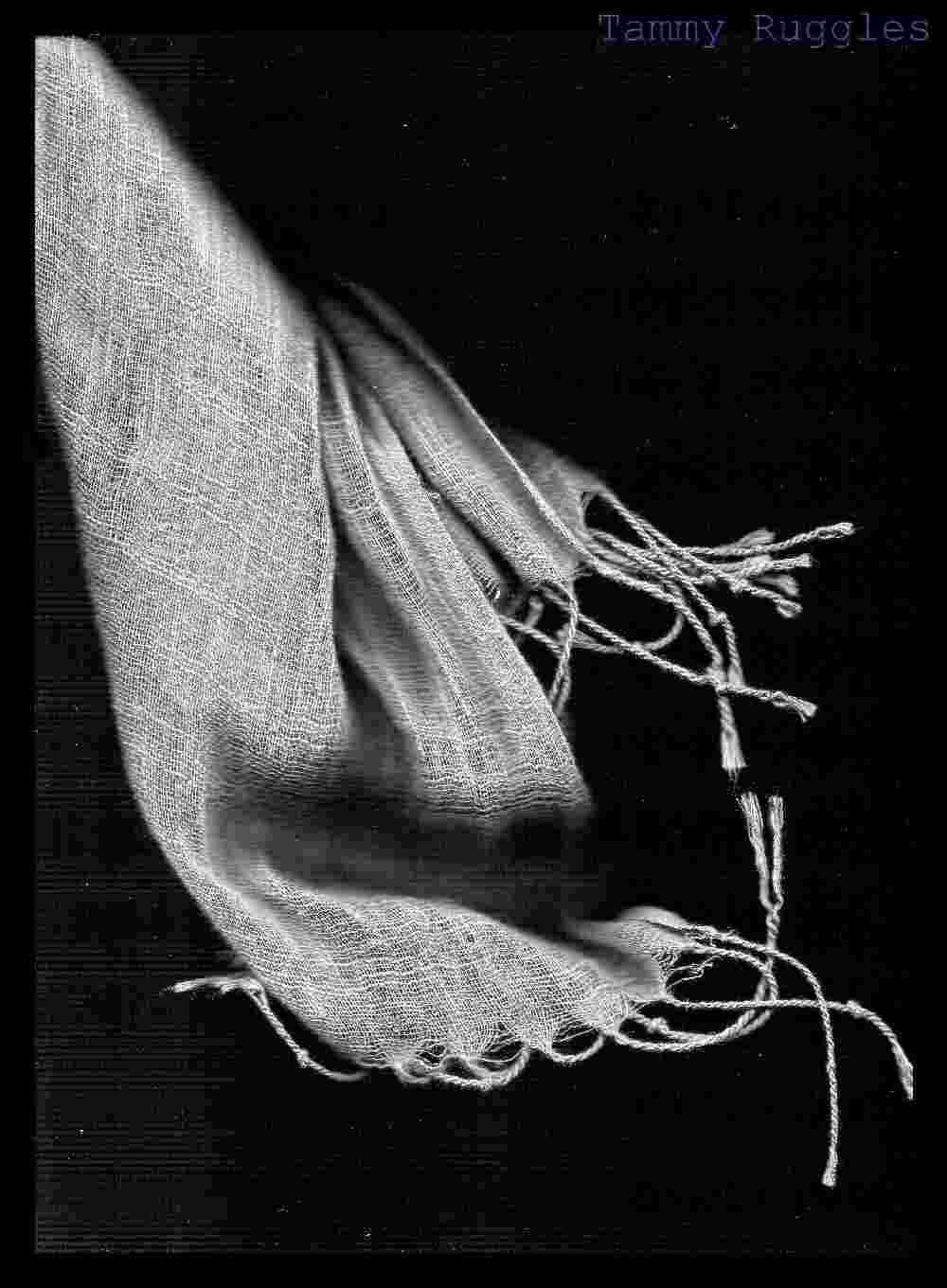Tammy Ruggles
is a legally blind photographer, artist, and writer who lives
in Kentucky. Her work can be found in many publications, and
prints can be found in her online
portfolio.
As a legally blind
person, choosing to pursue photography may seem like an unlikely
if not impossible choice.
 But
I haven’t always been legally blind. There was a time
I could read print books, drive a car and see where to stop
pouring water in a glass.
But
I haven’t always been legally blind. There was a time
I could read print books, drive a car and see where to stop
pouring water in a glass.
I was born with a progressive blinding disease known as RP,
which slowly robs the vision over time. My first pair of glasses
was at the age of two, but it took years to become legally blind.
I enjoyed books,
writing and art from an early age. At 12 I started to write
short stories and poems, and I sketched portraits and animals
with a pencil. Among these interests was photography. If there
was a camera around, I wanted to pick it up and use it.
When I reached my teenage and college years, I wanted to pursue
photography in a more serious way, in a classroom setting, but
couldn’t, because with RP comes night blindness, and I
couldn’t see in a darkroom to mix chemicals or develop
photos, nor could I read settings on a camera to shoot manually.
Ansel Adams and Alfred Stieglitz were two great photographers
I admired, and I wanted to make pictures like theirs. Ansel’s
because his main focus was landscapes, and Alfred’s because
of the painterly quality.
But this dream couldn’t be. I had to set serious photography
aside and be satisfied with taking family snapshots on instant
cameras.
Don’t get me wrong. I loved taking pictures of my family,
but it wasn’t the fine art photography I desired deep
down.
Photography was art to me, just as writing and sketching were.

I took four years of high school art, and two or three more
in college, all the while earning a degree in social work, and
another in adult  education
and counseling.
education
and counseling.
During these years and the ones to follow, my vision deteriorated,
to the point of being declared legally blind at age forty.
RP took my social work position, but gave me a second career
as a writer. It took my skill as a sketcher, but gave me the
ability to finger paint.
I was very happy with my career as a part-time writer, and had
put photography to bed, until 2013, when I kept hearing about
how easy it was to use point-and-shoot digital cameras.
The desire for fine art photography came calling again, but
I had my doubts. One, what would people think, and two, would
I make a fool of myself by trying? Whoever heard of a legally
blind photographer? I had kept my white cane hidden in a corner
for ten years because I felt uncomfortable about it. How would
it feel for people to see that I was trying to be a serious
photographer? And could I even do it? My world was extremely
blurry now. Could my remaining vision make sense of my pictures?
After some self-talk to raise courage, I finally took the step
needed, and ordered a camera.
At first it sat untouched. I still had doubts about doing it,
but the yearning to try photography was so strong I had to.
Once my son said how easy it was and that I should try it, I
did just that.
And once I had photos to view on my 47-inch computer screen,
it was sealed. I wanted to pursue it with everything I had.
I can only liken it to someone who is deaf being able to hear
with a hearing aid, or a paralyzed person being able to get
up out of a wheelchair and walk again.
Not only could I take interesting or pretty pictures in the
fine art way I’d always wanted, I could actually ‘see’
things around me that I hadn’t seen in many years, like
faces, flowers and objects. This is because my big screen makes
everything, well, big. Two feet tall, and even taller if I want
to zoom in closer.
In a way, photography opened up a visual window in a way that
hadn’t even occurred to me.
I don’t know how long this window will remain open. My
vision gets worse with time, and it gets harder to see. This
is why I’m going to enjoy photography, this way, while
I can.
Because of RP, I see best in high contrast, and this is why
I work in mostly black and white. I love color, but colours
are harder for me to distinguish. With black and white, I can
make out the shapes more clearly. Sometimes I add more contrast
just to see it better.
 Not
all of my photos are ‘good’ to me. I discard many
more than I keep. I want others to enjoy them, and it’s
interesting when viewers describe things in my photos that I
can’t, or see my photos in a way that I don’t.
Not
all of my photos are ‘good’ to me. I discard many
more than I keep. I want others to enjoy them, and it’s
interesting when viewers describe things in my photos that I
can’t, or see my photos in a way that I don’t.
That’s part of the appeal of photography for me -- -the
dialogue between me and the viewer.
The fact that I’m practicing photography at all is amazing,
even to me. I’m enjoying every minute of it. There is
no mystery or trickery involved. I just use the vision I have
left, plus an easy camera, and my large monitor.
I’m legally blind, which is not the same as completely
blind, and I think it’s important to make that distinction.
My world isn’t dark. It’s blurry. Turn a camera
lens far out of focus and you will see.
I can’t say just why I was drawn to photography as a young
person, besides the fact that I felt it was an art form that
I thought I would enjoy. But I can say that it satisfies my
artistic nature. In a way, it’s painting pictures, but
with a camera. Sometimes, in a sense, I choose pictures that
I would sketch or paint if I could. Most of my process occurs
after I’ve snapped the shutter, when I choose which photos
to delete, and which photos to keep.



